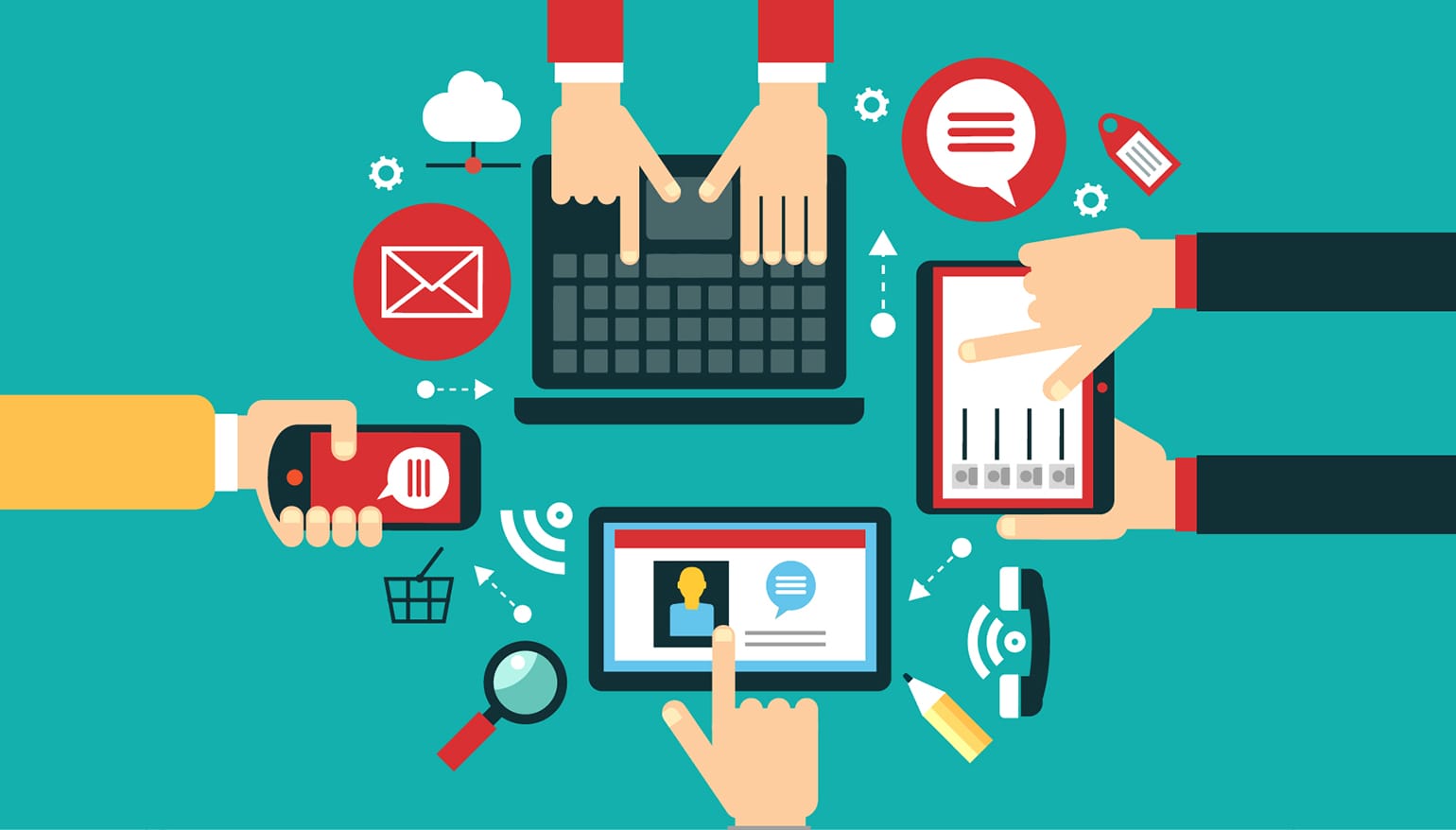In this new era of Covid-19, multinational companies now use digital tools and new media more, especially during the pandemic because of a few reasons. The need to reach out to more people, creating a big online presence, and finally increase the use of online transactions ie the selling and purchasing of products.
Aw Young Tuck, currently a lecturer at the Communications Department, HELP University, worked as a journalist at The Star and Al Jazeera how multinational companies maximized the use digital tools and the new media during the Covid-19 pandemic.
What are digital tools and new media? Aw said they refer to websites and online resources that can make tasks easier to complete. Also, they can be accessed both at home and work. On the contrary, old media refers to print, tv, radio, and magazines, basically anything that was in existence before the internet.

During the talk, Aw shared several examples of big brands and companies used digital tools and the media during the Covid period.
Tesco, a British multi-national groceries retailer created videos to ensure customers feel safe by showing how they clean trolleys and sanitize the store. Why is Tesco different than other companies?
Apart from usual practices, Tesco had extra services to ensure customers worried less when shopping at their stores. The first thing they introduced was the “order and collect service”.
This means customers place their orders from whatsapp. Once they have placed their orders, customers should inform at which outlet they will be picking their groceries from, and tell what they want to buy. Then the personal shopper will shop for the customers. Tesco will provide a bar code, customers make payment and collect their groceries. According to the CEO of Tesco, this method is carried out to help minimize the time customers spend in the supermarket.
The second thing they implemented was the ‘scan and shop’. This method allows customers to track their spending while shopping. The customers can check out without unloading items, so it saves time. Results show that the usage of this ‘scan and shop’ is 3 times more than normal usage.
Fashion Valet (FV), an e-commerce company, sells clothes online, but it does not sell mainstream brands. FV introduced the “duduk rumah sales” on its website. On April 17, Fashion Valet started the FV bazaar to help customers buy food during fasting month. It is also an effort to help local sellers during the MCO. Furthermore, they started an FV Covid 19 support fund that aims to raise funds for the Malaysian health care system. To date, they have collected more than RM 100,000. These initiatives also help increase its brand awareness.
Perceptions on companies are changing. Companies are using existing platforms to provide extensive services. Some other examples include Grab Mart, Panda Mart, and family Mart. Luxury Fashion Brands like Louis Vuitton are using influencer marketing. In 2014, Mckinsey’s report showed digital selling now influenced at least 45% of all luxury brands. The pandemic changed business perception, it could never be business as usual. Therefore, luxury brands send products to influencers for them to promote.
Many luxury brands took the opportunity to respond to the Covid 19 pandemic. One example, Armani, prepared and sent single-use medical overall to the frontliners. LV, used their perfume factories to make hand sanitizers to support the shortage supply. Dior also took the chance to produce surgical masks at Baby Dior in Atelion. Many luxury companies are fulfilling their CSR responsibilities during this Covid 19 period. Many use their existing factories to promote solidarity with frontliners.
Moreover, since performances are not allowed in public, independent artists and event companies live-streamed shows as alternatives to make money. Also, online zoom shows are a common digital tool used by many workshops and motivational talk speakers. Usually, a zoom link will be sent after customers have purchased tickets. Customers are also able to watch virtual shows after they are over.
In one example, BTS, the popular Korean boy band, sold 756,000 tickets for an online concert. They made 22 mill USD in just over two days. In another example, a UK comedy club had sold tickets for their shows. A front row tic encouraged the audience to show his or her video and unmute mics, so the comedian can talk to him or her. Kumar, a Singaporean comedian also used digital tools to sell his comedy shows. These examples truly show how businesses are slowly changing and adapting to the new normal.
